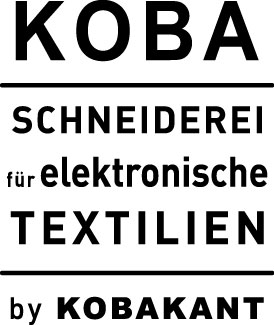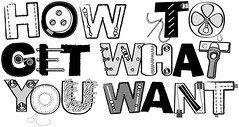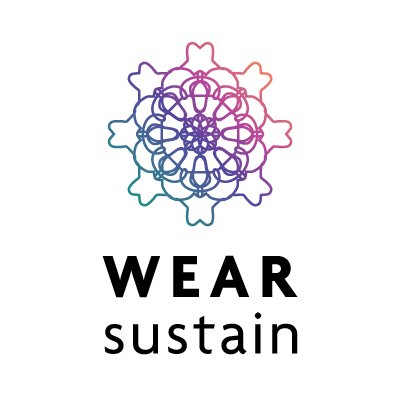Searching and Discussing
As the search for shop space is proving rather slow, we are using this time to unravel our ideas that are rolled up in this “shop” concept. Through discussing them in ever greater detail, we’re making sure we’re both on the same page, but also clarifying fuzzy ideas, such as:
– what are the core elements of our proposal? we have limited time and we need to boil our story down to what we can really realistically realize in this one year.
– what results do we want to see at the end of this year?
– who are are audience? do we really want to cater to “everybody”?
– are we selective? do we make whatever commissions come through the door?
– how hard will it really be to illicit novel ideas from customers?
– how to lead customers into the possibility space that will allow them to easily place an order?
Here are some of the results of discussing these questions:
What are the core elements of our proposal?
What results do we want to see at the end of this year?
We want to have realized roughly 30-40 projects that we could publish in the KOBA Katalog. This means one project a week.
Who are are audience?
In our minds we imagined taking on commissions from all kinds of people. The grandmother who lives upstairs, the family around the corner, the kids playing outside, the shop owner across the street, the young creatives passing by, the club-goers, bike-riders, tech-savvy, and eco-conscious people, all the kinds of people you find in a city.
What shopfront appeals to everybody? What kind of shops do everybody go into? Shops that sell things that you need. Supermarkets, chemists, sock shops. A tailor shop, no matter how intriguing our window display is not going to attract all these different kinds of people.
The fact that it is a shop – a place where trade happens, money exchanged for goods – already defines that people who come in will be people browsing for goods. If we really want to reach out to everybody, maybe a shop is not the right interface. Also, we want the shopfront to work for us. we want it to draw people in who are ready to engage with our story.
This discussion did not lead to an answer on “who are our audience”, to get there I think we need to be more specific on what kinds of technology (examples) we are showcasing/offering in our shop.
Do we select which commissions to take on?
Yes, for sure we will not make anything. We might not be capable of making some things, we might not morally/ethically agree with some ideas, we might be too busy with other work, we might not like where the order is coming from (large corporations we dislike, the military…).
But to answer this question in detail, I feel we need to start hearing what people want.
How hard will it be to illicit novel ideas from customers?
No idea, but we suspect this is our biggest challenge. This is probably the topic we’re discussing the most at the moment because the whole setup and portrayal of our shop is geared towards illiciting these ideas.
What is a novel idea? Is it novel to commission a bike light jacket where the concept is given but the implementation is unique? No, we would call that as a customization of an existing concept. Novel means something coming from a personal desire.
How to lead customers into the possibility space that will allow them to easily place a (novel?) order?
First of all even just the existence of the shop opens up this possibility space. But how to make people understand quickly what we do in our shop, what we can offer, what is possible? Do we display concrete examples? Will this influence people, and keep them from developing their own ideas? Do we make demos to show what is technically possible? Won’t this put technology in the foreground? Do we offer consultation sessions where in conversation we get to know somebody and then propose something that we could make for them? Is this not more like our previous WishLab and VVunsch VVerkstatt projects?
We’re still discussing this question…






